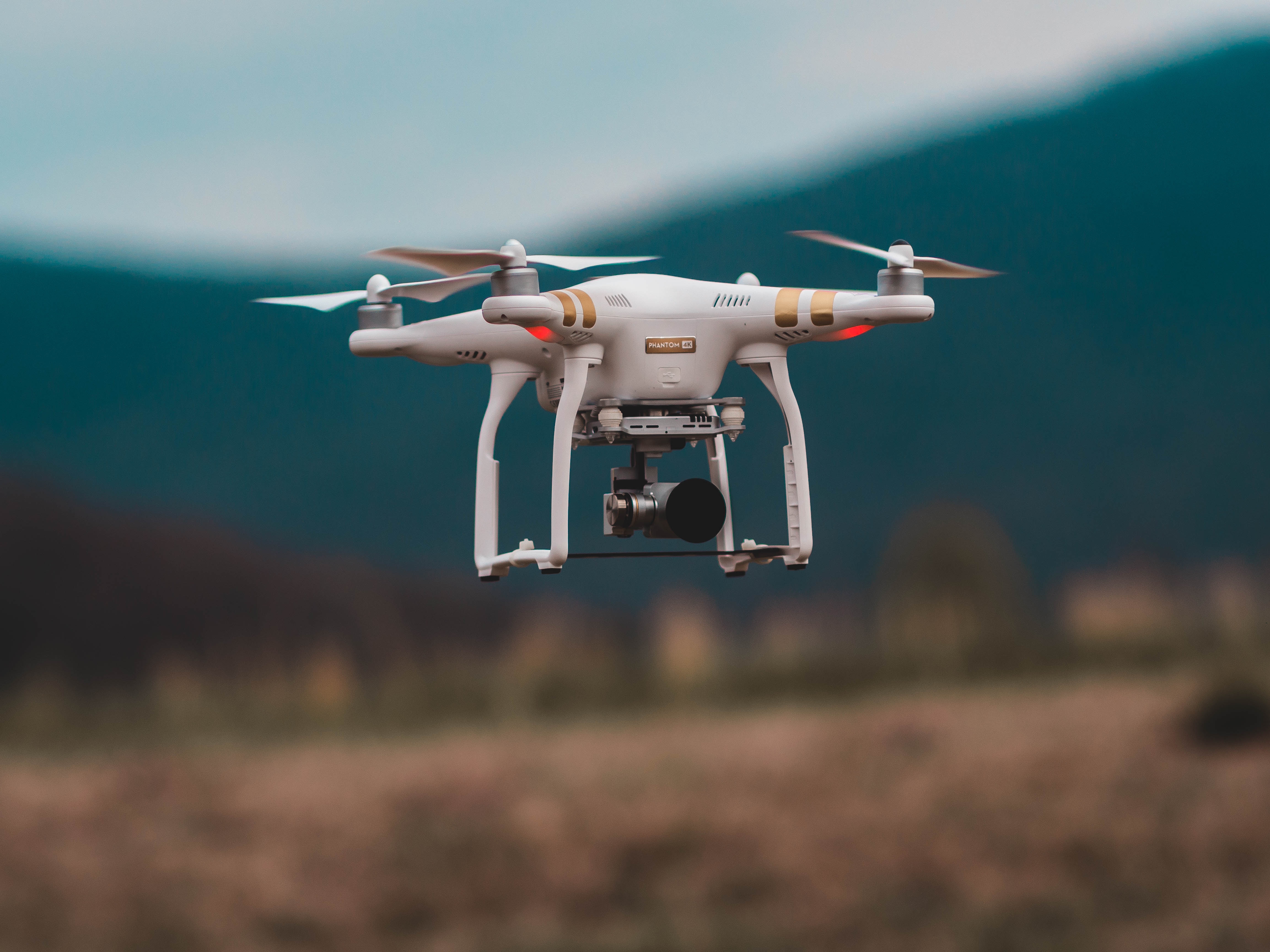Using outcomes of transformative experiences (TE) for enhancing advertising effectiveness
Measuring TE ad performance in comparison to other ads Previous research identified research gaps in enticing potential consumers interested in transformation through appropriate marketing materials as well as in measuring ad-evoked emotions in the context of tourism marketing. The quantitative online study aimed to understand how an ad in which outcomes of TE were included […]

How content producers can use AI in digital marketing
Do you want to use AI to create better content? There’s no doubt that content production is getting more complex every day. It’s getting hard to get noticed on social media. Your inbox is packed with repetitive messages, and you must fight against a massive crowd to get people to read your content. And then […]

What causes people to buy from OTAs?
Today millions of travelers around the globe use Online Travel Agencies (OTAs) to plan their leisure and business travel. OTAs are getting popular among travelers even though there are still people who prefer travel agents expertise instead. Although, OTAs evolved their introduction in the 1990s, the corona pandemic provided new and exciting opportunities for them […]

How to manage digital customer relationships in tourism?
Have you had problems to manage customer relationships? Don’t you know how to keep your customers satisfied and loyal? Are you unsure, how to maintain customer relationships, especially in a digital world? This blog post will help you to understand how to deal with customers in tourism. Before we move on to the practical part […]

5 key learnings for a destination marketer
In the spring semester 2020 I attended a very interesting course called Destination Marketing, which is a part of the Tourism Marketing and Management master’s programme. The course gives an overview on different aspects of destination marketing in the rapidly changing world and offers interesting content for anyone interested in destination marketing. Here are my 5 key learnings from the course: Destination vs a company Traditional […]

How to better interact with your customers on social media?
If there’s something a business can’t ignore these days, it’s the social media. All the businesses should be present at social media as it’s the way to reach out and communicate with their customers, increase awareness and boost their sales – after all, there are more than 3 billion social media users worldwide so […]
DTTT Global 2019, Day 2
The second day (Read about the first day here) of DTTT was all about technology and digitalization. What we can learn from data and how we can benefit data in place branding, leading and marketing. Lead with data. Do marketing with it, learn from it, optimize – optimize – optimize – then do it again. […]

How to do video marketing in tourism businesses?
Did you know that most people prefer video over reading? Also, social media platforms have started to favour video content, making video marketing in tourism an important part of any modern marketing mix. Videos have been growing fast as popular media content, especially on social media. Videos have great traffic potential and convert customers if […]
Content marketing and how to harness it for your business
Content marketing is a necessity in today’s digital marketing field. It is also an effective tool, especially for small entrepreneurs, to reach new customers, build trust and increase site traffic. The key to success is planning content marketing that can answer three questions: What are your customers’ need and desires? Can you provide your customers with […]
3 easy ways to make online customer experience better in tourism
As technology develops it is necessary for tourism businesses as well as businesses, in general, to think about how they can improve online customer experience. There is a lot of talk about if technology will replace human interaction, but actually in business purposes technology can help make customers happier. Although we have to remember that […]